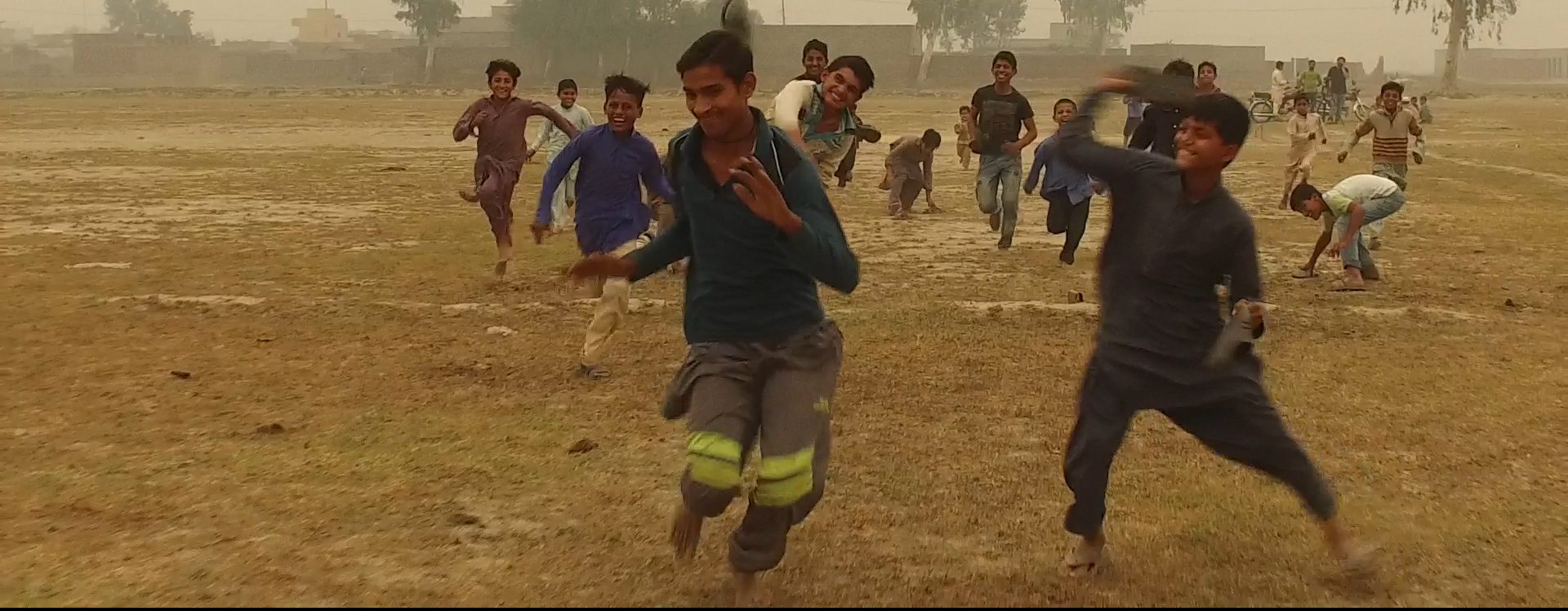‘Folk Games in the Outskirts of Lahore’ by Ammar Faiz | Lahore, Pakistan

Pakistani artist Ammar Faiz is sharing here the videos he produced for his Master Thesis in Visual Arts at the Beaconhouse National University, Lahore, Pakistan.
'Folk Game in the Outskirts of Lahore'
My work addresses the adaptation of human behavior to the changing roles of the viewer and the viewed.
I focus on the daily lives of ordinary people in my immediate surroundings, and in the process I record the evolution of their comprehension of personal and public spaces. To that effect, my work hinges upon the sociocultural anthropological approach, which compares and correlates people and their surroundings, and explores the ways they make sense of it as narratives.
My research process entails visualizing such narratives through a time-based medium, such as a camera, juxtaposing environments and personally significant objects. I therefore create narratives from the observer's point of view of these person-to-person and person-to-group relationships.
With the evolution of my practice, I have created this series as an investigation of the origins of local/folk games (lok khed)
of Lahore such as Gharmas / Kamas Ghori, Chug Chug, Body Body, Bandar Qila, Pito Gol Garam and others,
which are increasingly becoming absent from public memory. The creation of these videos also serves
the purpose of creating a lasting archive of these games.
They were chosen as a topic of investigation primarily because of my interest in the fact that these games
have indefinite, undefined and shifting rules, since they have been transmitted orally.
Hence the desire to keep alive the memory of their practice.
In September 2016 Ammar presented this work at the 'New Wight Biennial', University of California, Los Angeles, in the group exhibition 'Eye Spy', together with a large group of artists from South Asia and the Middle East.
The show "... illuminated a covert mecca of thoughtful artists expanding the perimeters of their cultural norms. Looking beyond the media-driven imagery attached to these regions of the world, this exhibition offers a candid view through the artist's lens' (from the curatorial statement, by Nasim Hantehzadeh and Sarah Malik)
